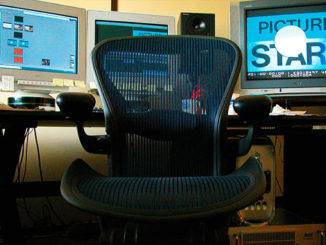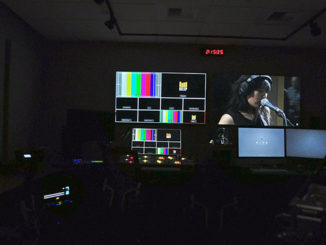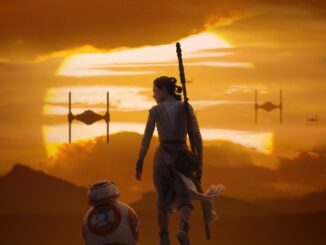
By Rob Feld
Assistant editor Kyle Gilman’s career path has forked in many directions, including a series of roads less traveled, as he works his way toward his first, inevitable, full editor position. Following his unconventional path, this past year the 28-year-old served as assistant on three features––all of them due for release this year: Choke (September) and Blind Date (TBA), both of which premiered at the Sundance Film Festival in January, and Lake City (TBA), which had its first screening at the Tribeca Film Festival in April––as well as a documentary, James Castle: Portrait of an Artist.
Gilman grew up in Wendall, Massachusetts, outside of Amherst (where he went to see movies), before majoring in film at Harvard. Though the university’s strength was in documentary and he worked as an administrator under documentarian Robert Gardner at the school’s Film Studies Center, distributing its anthropological films, Gilman’s interest was in narrative.
He taught himself everything he could about making DVDs while at the Center, which he found very important once he got to editing. But Gilman’s pivotal experience came during his senior year, when director Hal Hartley came to teach and became his thesis advisor for a 16mm short film––edited on a Steenbeck. Gilman subsequently got his first job with Hartley. “Editing on Steenbeck was one of those things where, looking back on it, I’m glad I did it, but I knew there was a better way,” Gilman recalls. “I could have shot and edited on video but I thought, ‘When am I ever going to get that chance again?’”
CineMontage recently spoke to Gilman about working with Hal Hartley, as well as his experience as assistant editor on the three 2008 features.

CineMontage: How did you become interested in editing?
Kyle Gilman: A lot of it is my interest in comedy, in general. Comedy is all about timing. I understood early on, when I started making movies, that you can make a joke better in the editing if an actor doesn’t nail it. That was really exciting. Before I started at Harvard, a friend and I did this public access movie. We shot it on S-VHS and did it tape to tape. I learned so much about editing there because S-VHS doesn’t have real time code and we had to be so careful since we couldn’t go back and change it. That’s when I really understood that editing was where it was at for me.
CM: What was it like working with Hal Hartley as an advisor?
KG: We had a great time working on the thesis together. The teaching assistant his class was moving on so, after graduating, I managed to stick around for two years and be his TA on the intermediate film class, which was a great experience for me. In the past, the teachers had been either experimental or documentary, but Hal is really focused on the basics of making films, thinking about them in really concrete ways, not abstract terms.
CM: You hung around Harvard for two years with Hartley, and then followed him to New York?
KG: I started working as an assistant at his production company. I was the only employee for about a year and a half while he made and released The Girl from Monday. It was a complete top-to-bottom education on the film business: I was the script supervisor during production—two weeks in January when school was on break—and we self-distributed the film in about ten cities with no marketing budget. Then Hal moved to Berlin, started pre-production on Fay Grim, and hired me as his assistant editor.
CM: What it was that qualified you to be his assistant editor?
KG: I’d done some basic editing for his small projects on Final Cut, and on Xpress Pro for my own shorts. Hal knew I wanted to be an editor and it just seemed obvious to both of us that that’s what I would do. I was doing all the work of an assistant editor and, at the same time, learning how to be an editor. Most of the work of an assistant I already understood; I’d always been really good with any software. That’s a lot of what drew me to editing—computers are easy for me. I’d already decided I wanted to edit and just needed an opportunity.
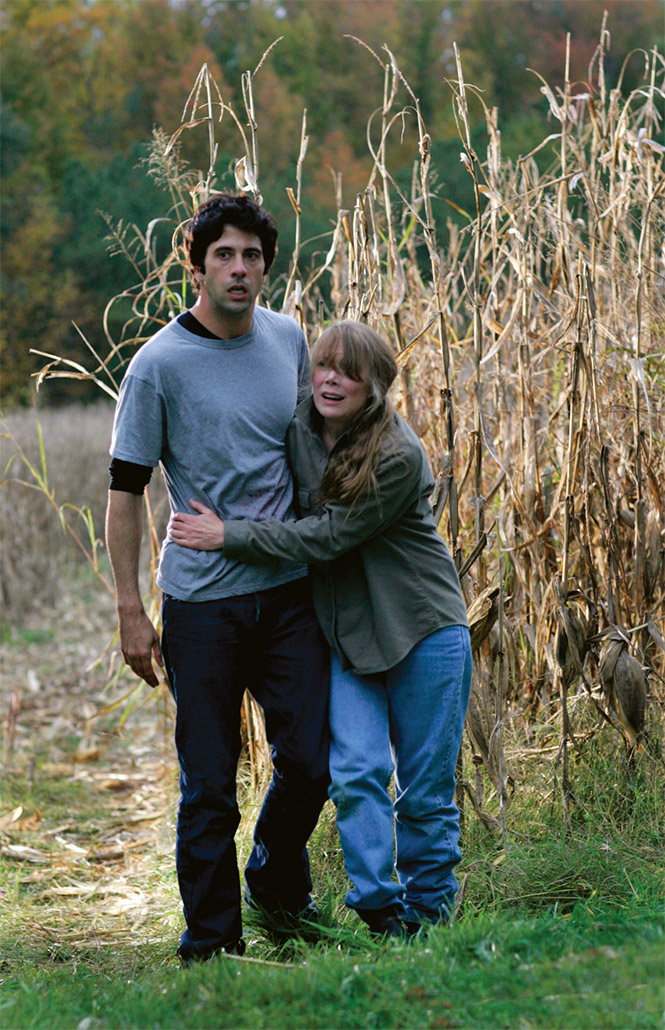
CM: What was the experience like working in Berlin?
KG: It was just the two of us in a rented apartment in Berlin. We shot in HD and the Apple Store gave us a Dual Processor G5 and 30-inch cinema display with Final Cut 5. We did a little more editing during the mix than you would want to, but the good thing is that we didn’t have to lock the picture—we were editing the picture at the same time as the sound was being edited––not doing any transfers or conforms. Ultimately, we ended up with a better movie because we were able to edit the picture for twice as long as we would if we had been locked into ProTools and picture lock. We ended up making really good changes until the end.
CM: It must also have been an unconventional way to learn, because a Hal Hartley movie has a certain visual style.
KG: Hal edited Fay Grim; there’s no question about that. But what he was really doing was teaching me to edit a Hal Hartley movie––which is a very specific thing. By the end, I really got it. I would be anticipating cuts before he even asked for him.
CM: What is that specific thing?
KG: It’s a rhythm. You have to get on Hal’s wavelength, which is not the one the rest of the world is on. If you look at the movie in fast-forward, it becomes incredibly obvious that it’s nothing but alternating single shots. I cut the behind-the-scenes documentary for Fay Grim and Hal does these great football diagrams, sketching out where the setups are from an overhead perspective. He always has this crazy blocking and you see it laid out ahead of time, which helps everybody. He’s going to do another movie and, if we get it financed, I’ll be full editor on it.
CM: When Fay Grim finished, did you know what your next move would be?
KG: I had a job lined up, already, when I came home. Mike Ryan, who produced Fay Grim and Junebug, was doing Lake City. He needed an assistant for editor Jeffrey Wolf, who is definitely used to working with more money and resources; this was probably for $2 million, shot on Super-16, with the dailies transferred to HD, down-converted to DVCAM, and edited on that. The final was HDCAM SR, finished on HD.
I didn’t know Jeff at all and wasn’t used to working with code books and FileMaker Pro. It took me a while to get used to the organization that you generally have. The bureaucratic, formalized stuff is the assistant editor’s job in larger movies, which Jeff was totally used to, and he really helped me out learning that.
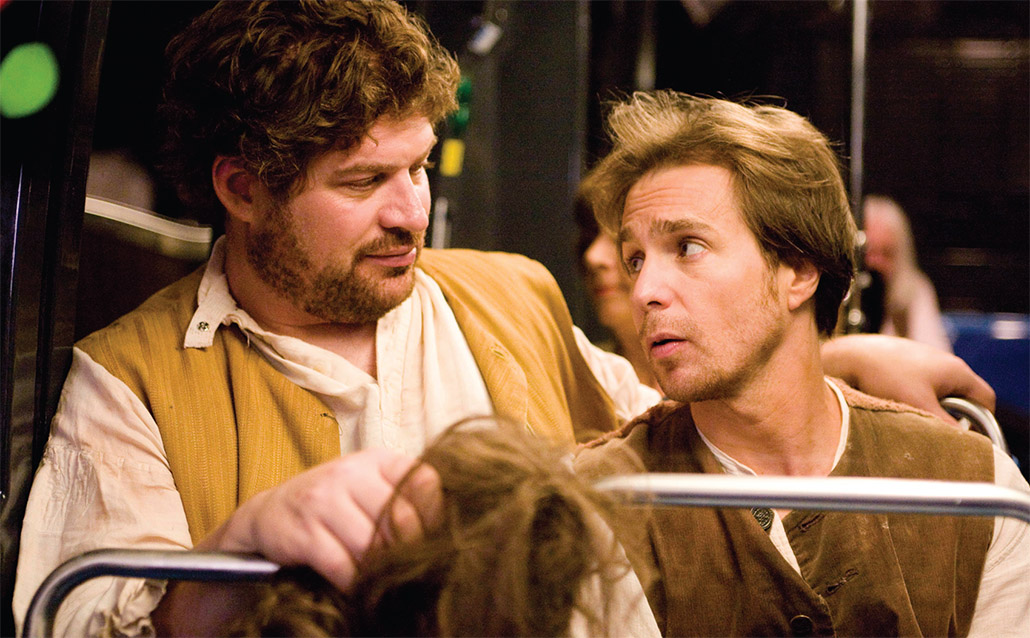
CM: So through this experience you started learning a more formal process?
KG: Definitely. I understand the technical stuff really well and I made some compromises in the beginning, thinking that other people knew better than I did—the main example was, to save money, we went with a Mac OS 9 Meridian Avid, which is maybe 10 years old now. It can only cut in 24 frames per second, if you’re working in 24. You can’t do 23.98. I knew that down the line we were going to have to deal with that issue, but I figured, why not?
But it turned into a real hassle because nobody cuts at 24 fps anymore unless you have a very good reason—there’s no good reason, actually. Especially not if you’re going to finish on video. With 23.98, things are so much easier because, except for your film print, everything is going to run at video speed. But when you make your Dolby print master, you just press a button and it changes the sample rate. So, it ended up being a real problem because, in order to hand it off to any of the sound people or composer, it has to be running at 23.98. I was able to fix it on my own without spending more money. It was a learning experience, and it wound up getting me a job recently because the sound editors knew I knew how to deal with this problem.
CM: Was that the biggest challenge Lake City presented?
KG: The biggest challenge was that we had an editor and an assistant editor! We had to really fight to get two systems, which was not in the budget. They had assumed I would somehow magically be able to work while the editor was working. So we finally got another OS 9. A lot of what I did was clean-up work. Jeff would make his edits and I’d do a lot of clean-up and make it smooth.
There’s a sequence at the end of Lake City where it goes from being a family drama to a crazy chase, which was a huge sound editing job. I also ended up having to do some visual effects for the movie in After Effects, so I became the visual effects editor, which I’d never tried to be before. Some things were beyond my capabilities––like this green screen shot with Sissy Spacek looking at a corn field that wasn’t really there. It was shot on 16mm, and it doesn’t get good pin registration so it goes up and down. It was fixed after a lot of rotoscope work and money.
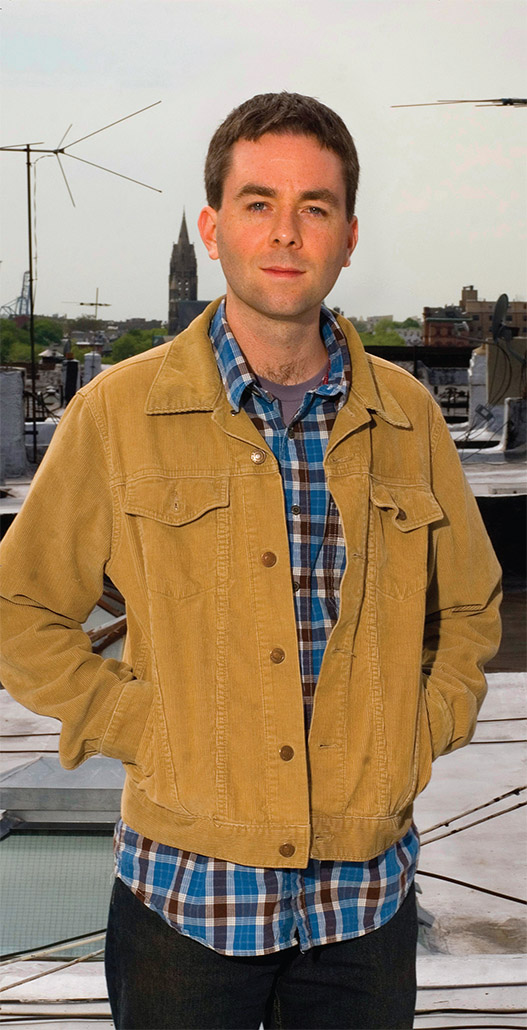
CM: You then went on to work on Blind Date?
KG: Yes. Stanley Tucci directed. The production team had done another movie together, Interview, for which I worked as title designer, because I’d done it on Fay Grim—another career I had never considered. As part of the job, I ended up consulting on some technical issues. When they were starting Blind Date I was asked to be assistant editor. It was shot on XDCAM, which is basically Blu-ray optical disks in a cartridge. It’s almost as safe as a tape. It’s DV 25, but the great thing is that it’s on disk already; unfortunately you need an XDCAM deck to read the disks. But it copies in no time at all. They shot on three cameras at all times and I was able to load in all the footage in a couple of days.
CM: What was it like working with editor Camilla Toniolo on Blind Date?
KG: Camilla is a very good editor, but she doesn’t understand computers at all, like many editors of her generation. The fun thing about it was that, right at the beginning when I loaded in the footage and synced up the cameras, the audio and the cameras all had the same time code, which was wonderful. You just put it all in a bin, say “multi-group,” and you had synched multi-camera shots. Camilla could edit while she was watching just by hitting a button. It was great.
CM: And what about your third film this year, Choke?
KG: Choke was bought at Sundance by Fox Searchlight. I worked for five weeks on that. We had an Avid Xpress Pro, which they had bought for editor Joe Klotz on Junebug. He’s pretty good with computers but they had a terrible problem on Junebug because they didn’t set it up right at the beginning. When I first talked to Joe, he was very concerned that we do the right thing at the beginning. I said, “Yes, 23.98, no discussion.” I suspect they did Junebug at 24 fps, and the only way I know to switch it is with Cinema Tools in Final Cut, but they were on Avid. Or, you do it in After Effects, but you have to re-render the whole movie. On Lake City, I had to export it from the Avid, bring it home where I had Final Cut, and do the conversion.
With Choke, it was real basic—I captured the dailies and organized the bins. We didn’t have a unity system, so we couldn’t have two computers. I wound up working the evening shift. Joe had his particular layout for everything so I’d set it up that way. He had a good idea that I didn’t really get to do because of time, which was to put in a marker every time somebody speaks in the scene. If it’s a single and half the time they’re talking to somebody else, half the shot is useless. But if you put in a marker, you can just jump to the sixth line in the shot. Someday when I have time, or I’m an editor and I have an assistant, I’ll do that.
“I’d already decided I wanted to edit and just needed an opportunity.” – Kyle Gilman
CM: You’re about to go to Amsterdam for a job?
KG: Yes. Hal Hartley is directing a new opera by Louis Andriessen. Hal’s never directed one before and he doesn’t particularly like opera, because it’s just a bunch of people standing around singing. So he figured, “Why don’t I make a film?” So he shot an additional story around Amsterdam, beyond what’s in the opera, and that’s going to be projected during the show. It’s going to be five screens and I’m going to cut it. I’m really excited about that because it was shot in HDCAM and it’ll be edited in Final Cut Pro, using a ProRes codec, so it’ll stay in HD through the whole process. I think it’s going to be a blast—a feature length music video.
CM: You certainly keep busy working. Do you have any downtime, and what do you do in it?
KG: I always want to be working on my own projects. I’m working now on an animation project that I think will be a lot of fun. I’ve never done animation before but I’ll do it all in After Effects, using photographs of different expressions and turning the actor into puppets. It’s for the web, a two-minute short. The internet is where I want to do everything now.
One of my shorts showed at a few festivals, but it’s been watched on YouTube 150,000 times. You couldn’t do that five years ago. I’d like to be making my own films, ultimately, but I don’t get that excited about writing and I don’t really see myself directing things I haven’t written. But for now, I just find editing so fulfilling. If it stops being fulfilling, maybe I’ll have more incentive to write.



